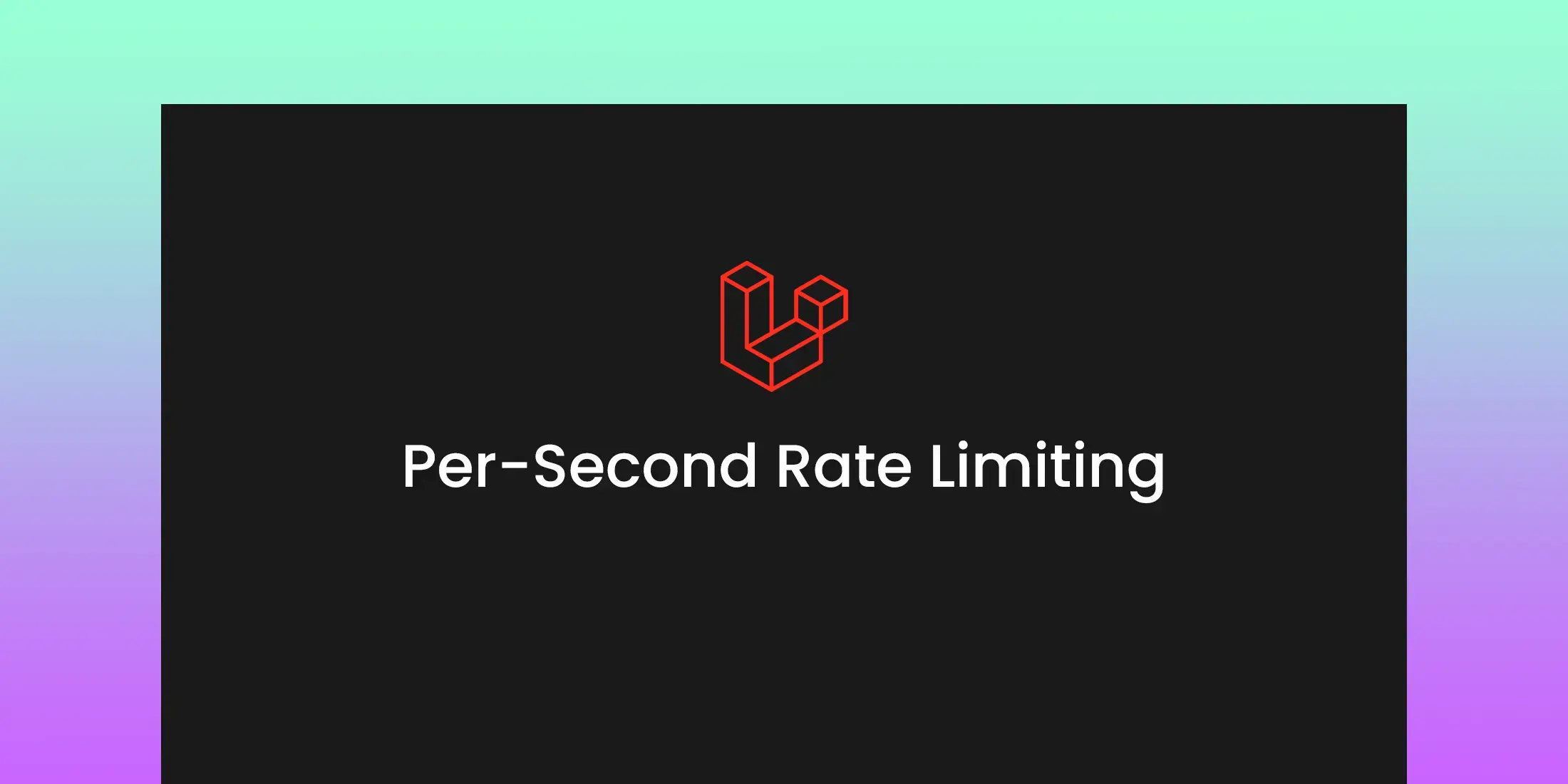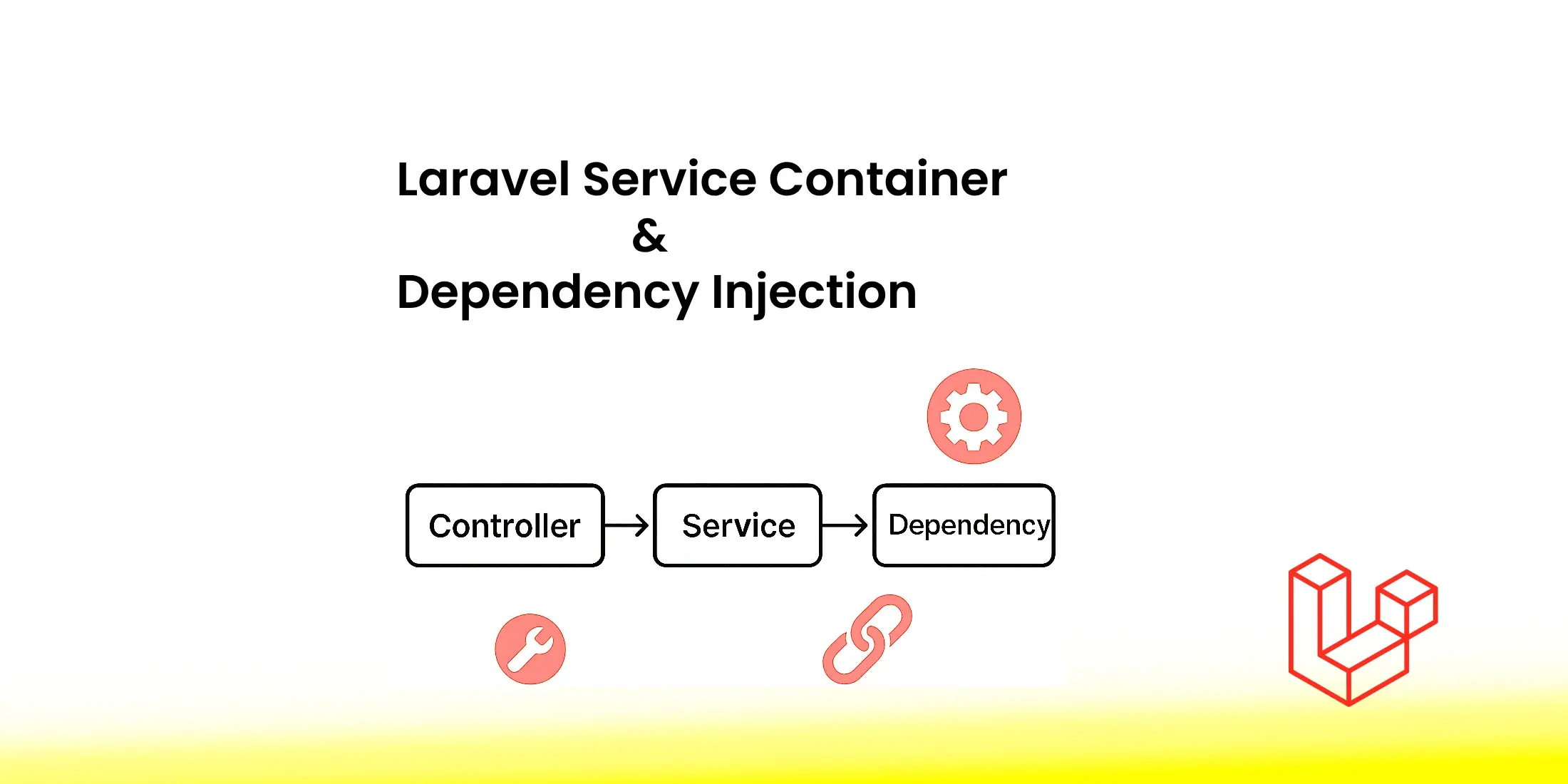
Per-Second Rate Limiting in Laravel 11
Per-Second Rate Limiting is a new feature in Laravel 11, providing more control over the rate limiting of your application's routes.For instance, you might want to ensure that a user can't make more than one request per second to avoid overloading your server.
Setting Up Per-Second Rate Limiting
You can define rate limits for your routes on a per-second basis, in addition to the traditional per-minute rate limits. This feature is beneficial for APIs that require stricter rate limits to prevent misuse.By setting limits on a per-second basis, you can protect your server from rapid bursts of traffic that might not breach per-minute limits but can still cause significant load and potential downtime.
Define Rate Limits in RouteServiceProvider
To set up per-second rate limiting, you need to define custom rate limits in the RouteServiceProvider. This is done in the boot method of your RouteServiceProvider.
<?php
namespace App\Providers;
use Illuminate\Cache\RateLimiting\Limit;
use Illuminate\Http\Request;
use Illuminate\Support\Facades\RateLimiter;
use Illuminate\Support\Facades\Route;
use Illuminate\Foundation\Support\Providers\RouteServiceProvider as ServiceProvider;
class AppServiceProvider extends ServiceProvider
{
/**
* Bootstrap any application services.
*/
public function boot()
{
$this->configureRateLimiting();
$this->routes(function () {
Route::middleware('api')
->prefix('api')
->group(base_path('routes/api.php')); // Make sure the file routes/api.php exists
});
}
/**
* Configure the rate limiters for the application.
*/
protected function configureRateLimiting()
{
// Default rate limiter for the 'api' routes, allowing 60 requests per minute.
RateLimiter::for('api', function (Request $request) {
return Limit::perMinute(60)->by(optional($request->user())->id ?: $request->ip());
});
// Custom rate limiter for 'test' route, with different limits per second and per minute.
RateLimiter::for('test', function (Request $request) {
return [
Limit::perSecond(1)->by($request->ip()), // Limit to 1 request per second by IP address.
Limit::perMinute(10)->by($request->ip()), // Limit to 10 requests per minute by IP address.
];
});
}
}
Apply Rate Limits to Routes
After defining the rate limits, you can apply them to specific routes using middleware. In your routes/api.php, define a route that uses the rate limiting middleware:
Route::middleware(['api', 'throttle:test'])->get('/test', function () {
return response()->json(['message' => 'API route is working']);
});
In this example, the /test route is limited to 1 request per second and 10 requests per minute.
Benefits of Per-Second Rate Limiting
Enhanced Performance: By limiting requests on a per-second basis, you can prevent server overload caused by rapid bursts of traffic.
Improved Security: Stricter rate limits help mitigate abuse and potential DoS attacks.



